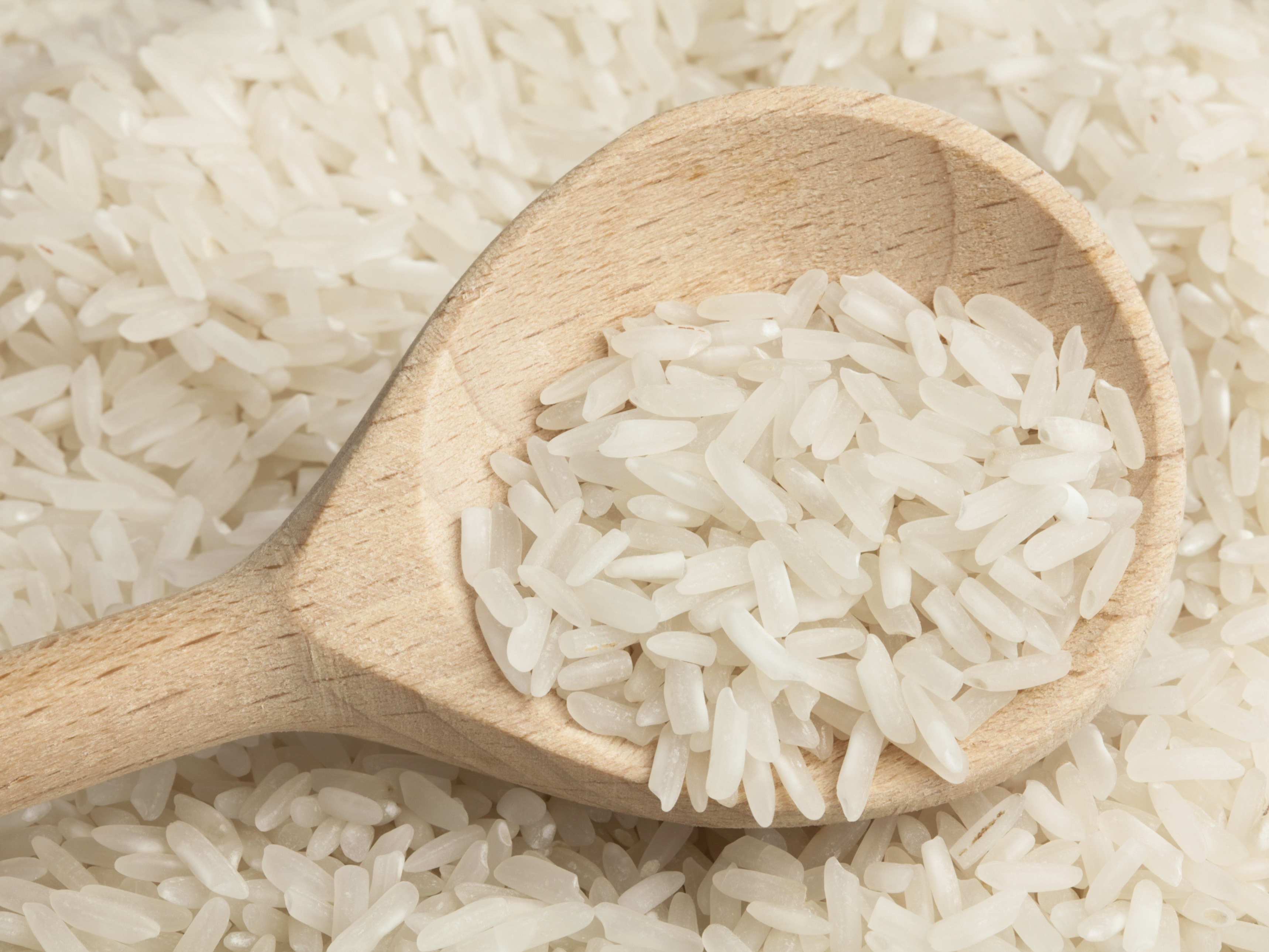Close to 645,000 tons of semi- and wholly-milled rice worth nearly 9.55 trillion rials ($250 million) were imported into Iran during the first four months of the current fiscal year (March 21-July 22), registering a 14.5% and 26.7% growth in weight and value respectively compared with the corresponding period of last year.
The Islamic Republic of Iran Customs Administration also reported that the UAE, India, Pakistan, Thailand, Turkey and Iraq were the main countries from where the products were imported, Mizan Online reported.
India’s English-language daily the Tribune recently wrote that increased buying from Iran has led to Basmati rice emerging as the top agricultural export in the Indian commodity basket.
During the April-June period, basmati contributed 29% to India’s agricultural and processed food product exports value-wise, followed by buffalo meat (19.33%). According to the country’s Agricultural and Processed Food Products Export Development Authority data, basmati exports for the Q1 stood at 1.25 million tons compared to 1.18 million tons during the corresponding period of last year.
Iranians consume 3.2 million tons of rice a year, of which more than 2.2 million tons are supplied by domestic farmers.
The Agriculture Ministry expects domestic rice production to increase by 10-15% in the current Iranian year, because of favorable weather condition and timely distribution of seeds, fertilizers, pesticides, machinery and equipment among local farmers.
The government periodically places a ban on imports during the harvest season to support local farmers. Import tariffs have increased from 22% four years ago to 40% at present for the same reason.
The two northern provinces of Gilan and Mazandaran are home to a majority of Iran’s paddy fields.
Director General of Grains and Staple Foods Office with the Ministry of Agriculture Kaveh Khaksar said 81% and 70% of rice harvest in the two provinces respectively were mechanized in the last Iranian year (ended March 20, 2017).
“The figures are estimated to increase to 86% for Mazandaran and 80% for Gilan in the current year. Expansion of mechanization is aimed at increasing productivity and achieving self-sufficiency. A 100% automation of rice harvest is projected by the end of the Sixth Five-Year Development Plan [2017-22],” he said.
Khaksar noted that out of the 185,000 hectares of paddy fields in Mazandaran, 38,000 hectares went under mechanized rice cultivation. In Gilan, mechanized rice planting was carried out over 95,000 hectares from a total of 238,000 hectares of paddy fields.
According to Kambiz Abbasi, an official with the Ministry of Agriculture, the government of President Hassan Rouhani invested 6 trillion rials ($156 million) on mechanization of rice production, which investment is “unprecedented”.
He added that mechanization would cut rice harvesting costs by up to 70%.
Abbasi noted that in view of water shortage in Iran, the administration is not willing to expand paddy fields in provinces other than Mazandaran and Gilan.
According to the Central and West Asia Rice Center, with around 54% of Central and West Asia’s paddy fields located in Iran, the country accounts for 61% of the regions’ combined rice production.
CWARice was officially established in 2010 at the Rice Research Institute of Iran in the city of Rasht in Gilan. Its member states include Iran, Turkey, Azerbaijan, Afghanistan, Iraq, Kazakhstan, Kyrgyzstan, Tajikistan, Turkmenistan and Uzbekistan.
The mission of CWARice is to conduct advanced rice research with an emphasis on new production technologies that will be required to adapt rice production systems in the region to climate change.


